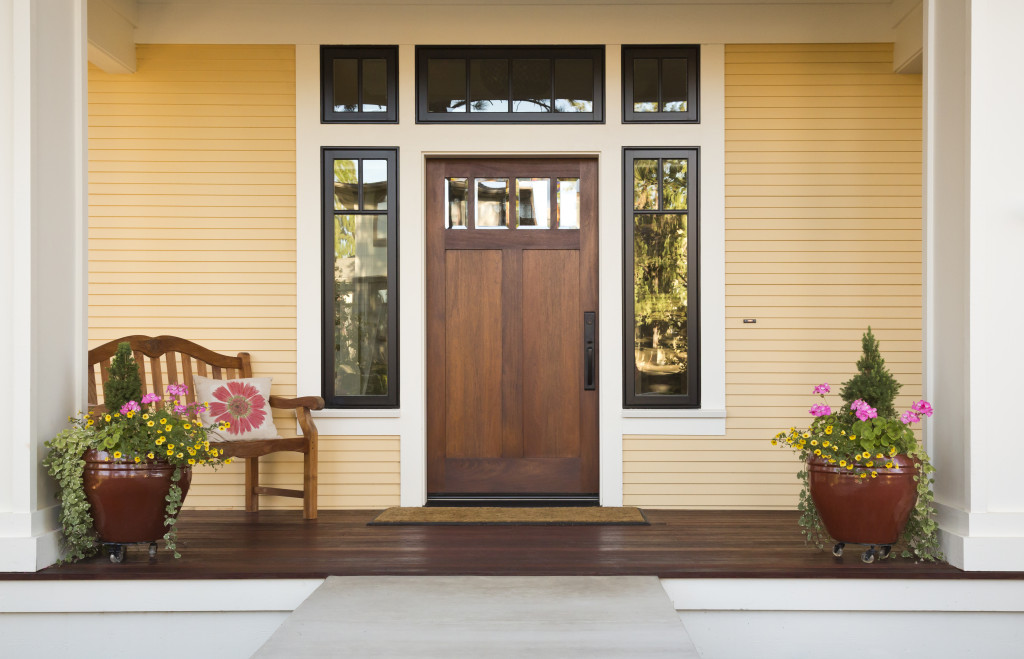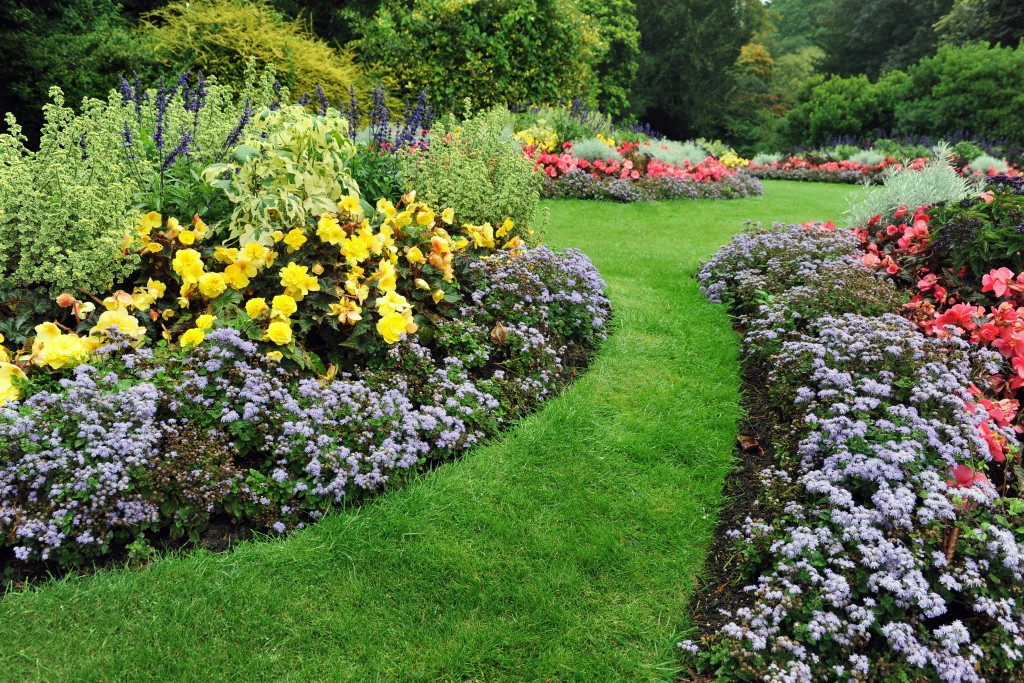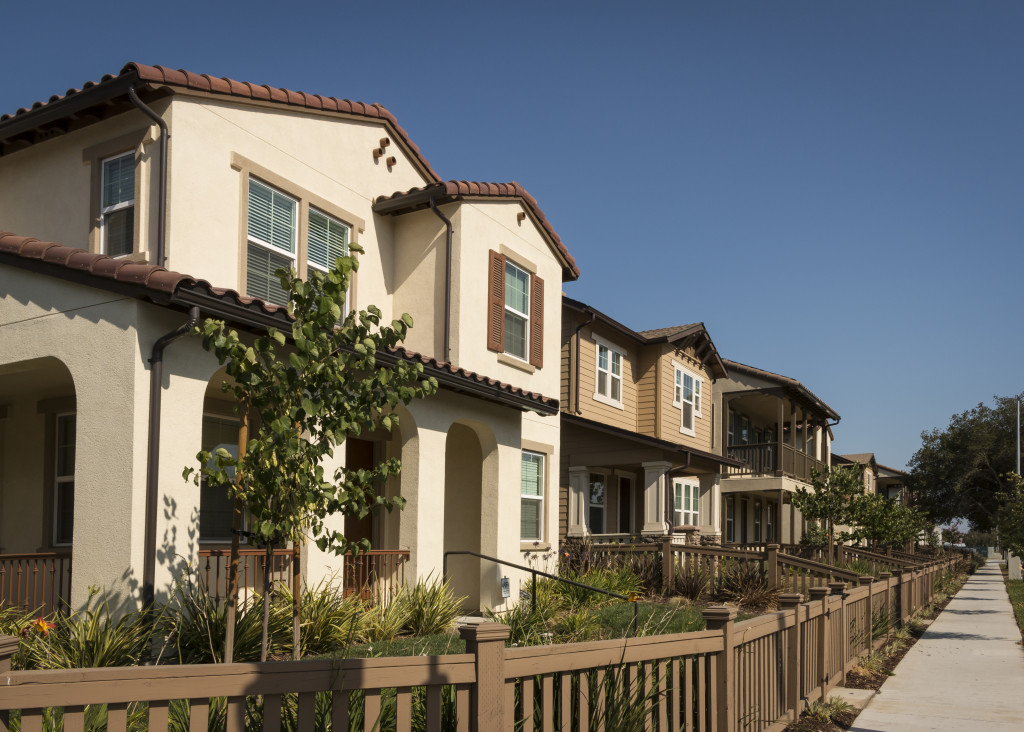- The design of a rustic home exterior hinges heavily on using natural materials, a neutral color palette, and unique details.
- Landscaping plays a key role in a rustic design, focusing on native plants and elements that blend seamlessly with the surrounding environment.
- Outdoor lighting enhances the rustic aesthetic while providing safety, with options ranging from lantern-style fixtures to eco-friendly solar lights.
- Incorporating reclaimed or distressed materials adds a sense of history and authenticity to the rustic design, celebrating imperfections as part of the overall charm.
A few key tips can make all the difference as you personalize your rustic home exterior. From choosing the right materials to understanding the balance between rustic charm and modern convenience, every decision you make will impact your home’s final look and feel. Dive into the best strategies for creating a rustic exterior that reflects your style while staying true to the essence of rustic design.
The use of natural materials is crucial.
When designing a rustic home, incorporating natural materials is indispensable, enhancing authenticity and creating a warm, inviting atmosphere. Here are some things to consider:
Invest in high-quality bespoke traditional front doors.

High-quality bespoke traditional front doors provide an immediate rustic charm to your home, serving as the initial focal point for guests and passersby. These doors, often crafted from solid wood, exude an old-world appeal and when paired with hand-forged iron hardware, they can be truly transformative.
You can incorporate details like carvings, planks, or even rustic stains for an added layer of character. These doors are aesthetically pleasing, durable, and withstand harsh weather conditions. Finding a skilled craftsman who can create a door that complements your home’s design while maintaining the charm of traditional craftsmanship is crucial. Remember, your front door is an investment that can add significant value to your home, so choose wisely.
Opt for a neutral, earthy color palette.
Opting for a neutral, earthy color palette is an intrinsic part of rustic design, allowing your home to blend with its surrounding natural environment seamlessly. Soft beiges, greens, browns, and grays echo the hues found in nature, infusing your home with a serene, calming aura that is quintessentially rustic.
These colors can extend beyond your home’s exterior walls, influencing outdoor furniture, decor, and landscaping choices. Earthy tones can also be incorporated into the roof and other exterior elements like shutters or trim.
Such a palette doesn’t fight for attention but creates a harmonious visual experience, encouraging appreciation of the overall design rather than individual elements. Also, remember that the color should harmonize with the materials used in your rustic design. When choosing your color palette, always aim for a balance between natural beauty and personal taste.
Incorporate landscaping.

Effective landscaping is vital to rustic design, harmonizing your home with its surrounding environment. Opt for native plants that echo the natural landscape, providing a sense of continuity from the exterior to the interior.
Consider incorporating stone paths, wooden benches, or a fire pit, enhancing the rustic aura. Large, rustic planters can house shrubs or flowers, adding color and vitality to your exterior. Including mature trees or rustic fencing is also beneficial, framing your property and providing privacy.
Landscaping should aim to emphasize the natural beauty of the surroundings, creating a serene and inviting outdoor oasis that complements your rustic home. Remember, your landscape is an extension of your home, and a well-thought-out design can augment the overall rustic charm.
Consider outdoor lighting.
Outdoor lighting plays a pivotal role in enhancing the rustic charm of your home while ensuring safety and security. Consider using warm, soft lighting to illuminate pathways and the front door, creating a welcoming atmosphere. Lantern-style fixtures or lights with a patina finish can offer an old-world feel, while string lights can add a festive touch to outdoor spaces.
Solar lights are an eco-friendly choice and provide sufficient lighting without wiring. Incorporating accent lighting in landscaping can highlight specific features such as trees, shrubs, or a stone walkway, amplifying the natural appeal of your surroundings.
Remember, the goal is to create a subtle, cozy glow that enhances the rustic aesthetic without being overly bright or overpowering. Ultimately, your choice of outdoor lighting should complement your home’s design, harmonize with the natural environment, and cater to your taste.
Use reclaimed or distressed materials.
In rustic design, using reclaimed or distressed materials is a testament to the philosophy of sustainability and the appreciation of history and character. Such materials are often salvaged from old barns, factories, or ships, carrying a sense of history and charm that new materials can’t replicate.
These can include reclaimed wood for cladding, distressed metal for fixtures, or worn bricks for pathways, each contributing a unique texture and patina that adds depth and richness to the design. These materials’ inherent imperfections and weathered appearance make them appealing, as they narrate a story of their past life.
Whether it’s the worn-out paint on a reclaimed wooden door or the rusted finish of a distressed metal railing, these details introduce a level of authenticity central to the rustic aesthetic. Remember, in rustic design, it’s the imperfections that encapsulate perfection.
Don’t forget the importance of balance.
While the rustic design philosophy embraces natural materials and a love for the old-world charm, it’s vital not to let these elements dominate your home’s facade to the point where it loses its identity. Striking a balance is key. Traditional elements should harmonize with modern conveniences, not overshadow them.
Your rustic home should still embody personal taste and comfort. Be mindful that every element, from the color palette to the landscaping, should contribute to an atmosphere of warmth and tranquility without compromising functionality or your style.
The objective is to create a balanced fusion of rustic charm and contemporary living, where old-world allure meets modern-day amenities. A well-balanced rustic design is a testament to the homeowner’s ability to appreciate and respect tradition while embracing the comforts and necessities of today’s lifestyle.
In conclusion, designing a rustic home exterior involves thoughtful planning and a keen eye for detail. Remember to incorporate natural materials, earthy colors, effective landscaping, suitable outdoor lighting, and reclaimed elements. Also, strive for a balance between old-world charm and modern convenience. Take these insights and transform your home exterior into a rustic paradise.

